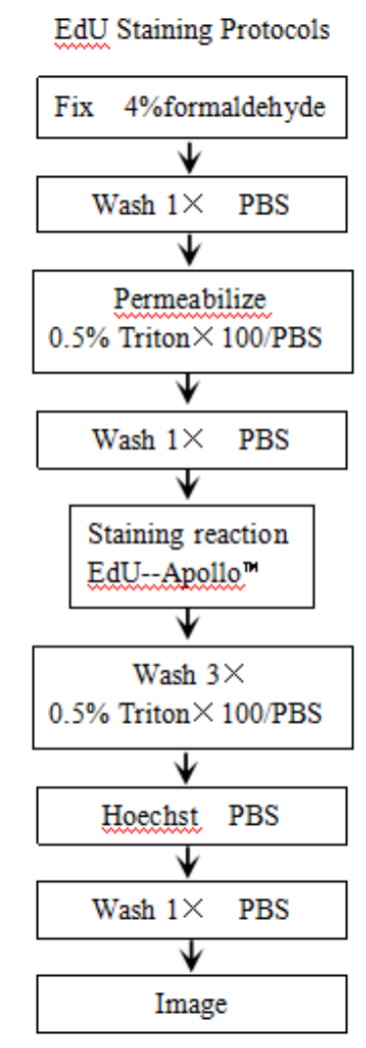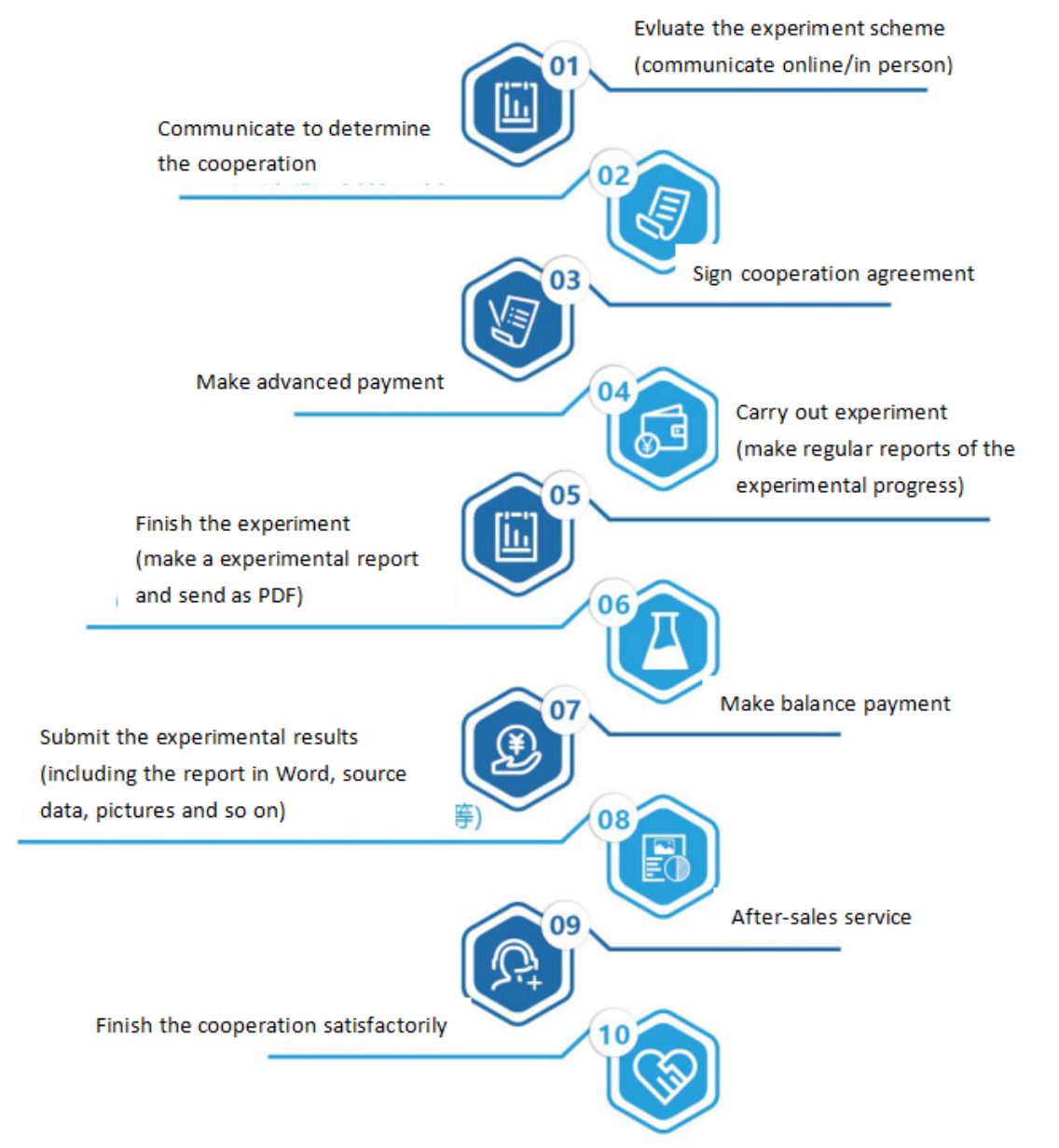-
Biotechnology
 Pathological Examination
Pathological ExaminationGenome Sequencing Services
Gene / protein chip
In situ hybridization detection
Tissue Chips Preparation
Paraffin-Embedded Tissue
Special Staining
Immunohistochemistry (IHC)
HE Staining
Cell ExperimentsCell Lines Culture & STR Identification Service
Primary Cell Preparation and Culture
Cell proliferation and activity detection
Transwell Migration/Invasion Assays
Cell Colony Formation Assay
Construction of stable transfection cell line
Double luciferase experiment
Flow Cytometry
Adhesion experiment
Scratch test
-
Biomedical Solutions
 Overall Biomedical Topic Solutions
Overall Biomedical Topic SolutionsFunding Project Whole Process Service
SCI Service for Pharmaceutical Enterprise Products
Graduation Project Whole Process Assistance Service
SCI Paper Whole Process Assistance
Medical Research ServicesGraduation Project Design Consulting
Biomedical Statistics Consulting
Clinical Research Design Consulting
Biomedical Project Design
SCI ServiceSCI Submission Coaching
Academic Charts Service
Revision according to Review Opinions
Chinese Manuscript Rewriting Coaching
Translating and Polishing (Chinese to English)
Editing Coaching for Publishing
Comprehensive Editing Coaching
Evaluation Service
Language Polishing Service for SCI (English)
-
News and Events

- About US
- Teaching
-
 SCI Query
SCI Query
-
 Submission
Submission

site: Home Page
/ Biotechnology
/ Cell Experiments

Biotechnology
-
Pathological Examination
-
Animal Experiment Platform
-
Cell Experiments
-
Cell Lines Culture & STR Identification Service
-
Primary Cell Preparation and Culture
-
Cell proliferation and activity detection
-
Transwell Migration/Invasion Assays
-
Cell Colony Formation Assay
-
Construction of stable transfection cell line
-
Double luciferase experiment
-
Flow Cytometry
-
Adhesion experiment
-
Scratch test
-
-
Immunological Tests
-
Molecular Biological Tests
One. Experiment Principle
Cell proliferation is the division process of cells under the action of cycle regulators through a series of complex reactions such as DNA replication, RNA transcription and protein synthesis. It is the basis of biological growth, development, reproduction and inheritance. Cell proliferation detection is widely used in molecular biology, immunology, tumor biology, pharmacology and other research fields. It is an important method to evaluate cell metabolism, physiology and pathology.
Two. Application Introduction
At present, the method of BrdU labeling newly synthesized DNA has been widely used in the fields of tumor biology, genetics, molecular biology and so on.
Compared with traditional immunofluorescence staining, EdU reaction is very fast and can be completed in a few minutes without DNA denaturation. It only needs a few simple steps, making tissue imaging easier. Therefore, it is also suitable for high-throughput screening tests, especially for screening experiments of siRNA, miRNA, small molecular compounds and other drugs.
Three. Experiment Method


Four. Samples Delivery Requirements
Sample Type | Sample Requirements | Delivery conditions |
Tissue | The isolated tissues are made into cell suspension and added into PBS medium | At ambient temperature |
Living cell | Sample amount: 1*10^6 cells/TEST, add into PBS medium | At ambient temperature |
Blood | Collect the blood in the anticoagulant blood collection vessel of EDTA heparin sodium. | At ambient temperature |
Five. Case Display

Six. Common Problems
1. Preparation method of BrdU: dissolve 10mg in 10ml double distilled water and store it away from light at 4 ℃.
2. BrdU will cause irreversible damage to the body. Be cautious during use and avoid inhaling BrdU dust.
Seven. Service Process

